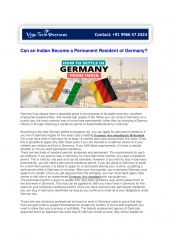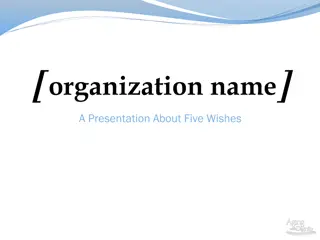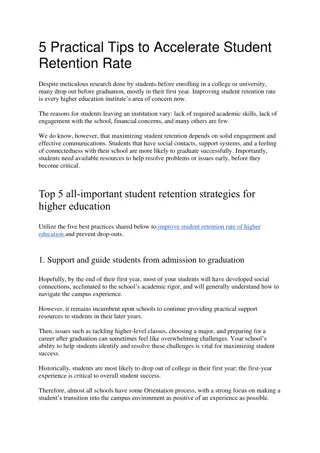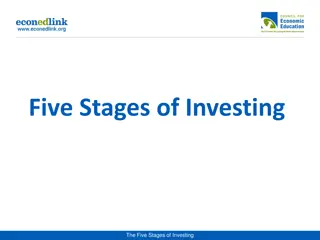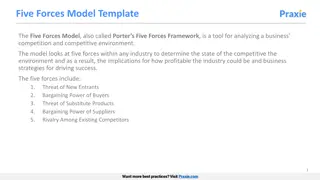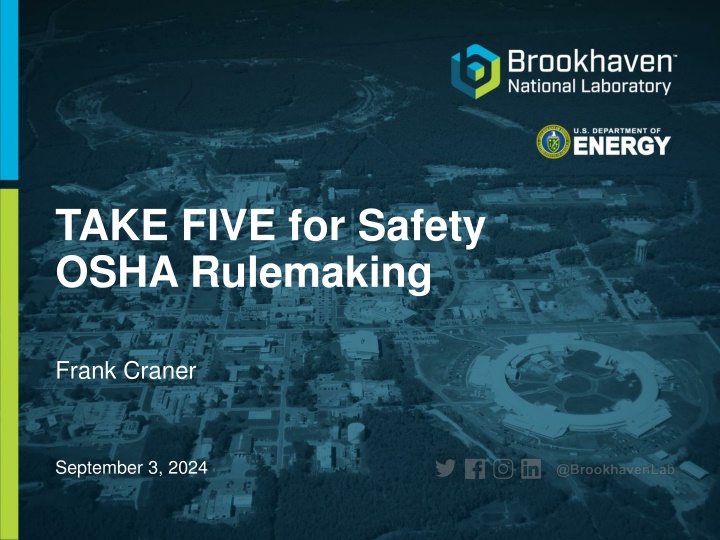
OSHA Rulemaking for Worker Safety in Heat-Related Illnesses - Key Insights
Learn about OSHA's proposed regulation for protecting workers from heat-related illnesses, the criteria for new safety standards, rationale behind the need for a specific standard, and OSHA's approach to flexibility for employers affected by heat hazards.
Download Presentation

Please find below an Image/Link to download the presentation.
The content on the website is provided AS IS for your information and personal use only. It may not be sold, licensed, or shared on other websites without obtaining consent from the author. If you encounter any issues during the download, it is possible that the publisher has removed the file from their server.
You are allowed to download the files provided on this website for personal or commercial use, subject to the condition that they are used lawfully. All files are the property of their respective owners.
The content on the website is provided AS IS for your information and personal use only. It may not be sold, licensed, or shared on other websites without obtaining consent from the author.
E N D
Presentation Transcript
TAKE FIVE for Safety OSHA Rulemaking Frank Craner September 3, 2024
Background OSHA (Federal Agency) was created in April,1971 The Agency was given authority to promulgate regulations by the OSH ACT (Law) of 1970 OSHA proposed a new regulation to protect workers in General Industry and Construction from Heat-related illnesses last week DOE requires compliance with OSHA regulations How will the change affect our safety programs? 2
Criteria for a New Standard The OSH Act authorizes OSHA to issue safety or health standards that are reasonably necessary or appropriate to provide safe or healthful employment and places of employment (29 USC 652(8)). A standard is reasonably necessary or appropriate when a significant risk of material harm exists in the workplace and the standard would substantially reduce or eliminate that workplace risk. Standards must also be technologically feasible (see UAW v. OSHA, 37 F.3d 665, 668 (D.C. Cir. 1994)). A standard is technologically feasible when the protective measures it requires already exist, when available technology can bring the protective measures into existence, or when that technology is reasonably likely to develop (see Am. Iron and Steel Inst. v. OSHA, 939 F.2d 975, 980 (D.C. Cir. 1991)). Finally, standards must be economically feasible (see Forging Indus. Ass n v. Secretary of Labor, 773 F.2d 1436, 1453 (4th Cir. 1985)). A standard is economically feasible if industry can absorb or pass on the costs of compliance without threatening its long-term profitability or competitive structure (see American Textile Mfrs. Inst., Inc., 452 U.S. 490, 530 n.55 ( Cotton Dust )). 3
Rationale for a new Standard Occupational heat exposure affects millions of workers in the United States. Each year, thousands of workers experience heat-related injuries and illnesses, and some of these cases result in fatalities (BLS, 2023b; BLS, 2024c). OSHA has relied on the General Duty Clause of the OSH Act, as well as enforcement emphasis programs and hazard alerts and other guidance, to protect workers and inform employers of their legal obligations. However, a standard specific to heat-related injury and illness prevention would more clearly set forth enforceable employer obligations and the measures necessary to effectively protect employees from hazardous heat. The Bureau of Labor Statistics (BLS), in its Census of Fatal Occupational Injuries, documented 1,042 U.S. worker deaths due to occupational exposure to environmental heat from 1992 2022, with an average of 34 fatalities per year during that period (BLS, 2024c). In 2022 alone, BLS reported 43 work-related deaths due to environmental heat exposure (BLS, 2024c). The BLS Annual Survey of Occupational Injuries and Illnesses (SOII) estimates 33,890 work-related heat injuries and illnesses involving days away from work from 2011 2020, which is an average of 3,389 injuries and illnesses occurring each year during this period (BLS, 2023b). 4
OSHAs Rationale for Flexibility Organizations affected by heat hazards vary significantly in size and workplace activities. Accordingly, many of the provisions of the proposed standard provide flexibility for affected employers to choose the control measures most suited to their workplace. The flexible nature of the proposed rule may be particularly beneficial to small organizations with limited resources. The proposed rule is a programmatic standard that requires employers to create a heat injury and illness prevention plan to evaluate and control heat hazards in their workplace: The rule establishes requirements for: identifying heat hazards, implementing engineering and work practice control measures at or above two heat trigger levels (i.e., an initial heat trigger and a high heat trigger), developing and implementing a heat illness and emergency response plan, providing training to employees and supervisors, and retaining records. 5
Commonly used controls to prevent Heat-Related Injury Hydration: e.g., access and availability to cool, potable water; training on hydration; addressing availability of fluids during rest breaks in the prevention plan; Environmental monitoring: e.g., measurements as close to the work site as possible; consideration of environmental conditions ( e.g., temperature, humidity, wind speed, radiance), work demands, PPE, and worker acclimatization status in assessing heat stress; including environment-based work modifications ( e.g., number of rest breaks) in a prevention plan; Emergency procedures and plans: e.g., availability of an emergency plan for each work site; identification of personnel to create, manage, and implement the plan; making available, rehearsing, and reviewing the plan annually; Body cooling: e.g., availability of rest/cooling/hydration areas made accessible to workers as needed; cooling during rest breaks ( e.g.,immersion, shade, hydration, PPE removal); use of fans (at temperatures below 40 C (104 F)) or air-conditioners; use of portable cooling strategies ( e.g., ice, water, ice towels) in areas without electricity; use of cooling strategies before, during, and after work; cooling PPE used under other PPE when PPE can't be removed; Acclimatization: e.g., creation and implementation of a 5-7 day acclimatization plan; plans for both new and returning workers that are tailored to factors such as environmental conditions and PPE; training on benefits of acclimatization; Textiles/PPE: e.g., use of clothing/PPE that is thin, lightweight, promotes heat dissipation, that fits properly, and adequately protects against hazards; PPE with ventilated openings; removal of PPE/extra layers during rest periods; Physiological monitoring: ( e.g., checking heart rate/body temperature); and Heat hygiene: e.g., annual training on heat related illness, prevention, first aid, and emergency response in language and manner that is easily understood; designated personnel or buddy approach to monitor for symptoms ; communication strategies to inform employees of heat mitigation strategies before the work shift, healthcare worker using examination results (if examinations are required or recommended) to educate employees. 6
Tools we use to implement OSHA standards Hazard-specific Subject Areas in SBMS The Work Planning and Control process Plan the Work; Identify Requirements; Identify, Assess and Mitigate Hazards Use the Hierarchy of Controls Provide means to Protect Workers and Train them Monitor the workplace. Provide emergency and medical support Gather feedback for improvement. 7

